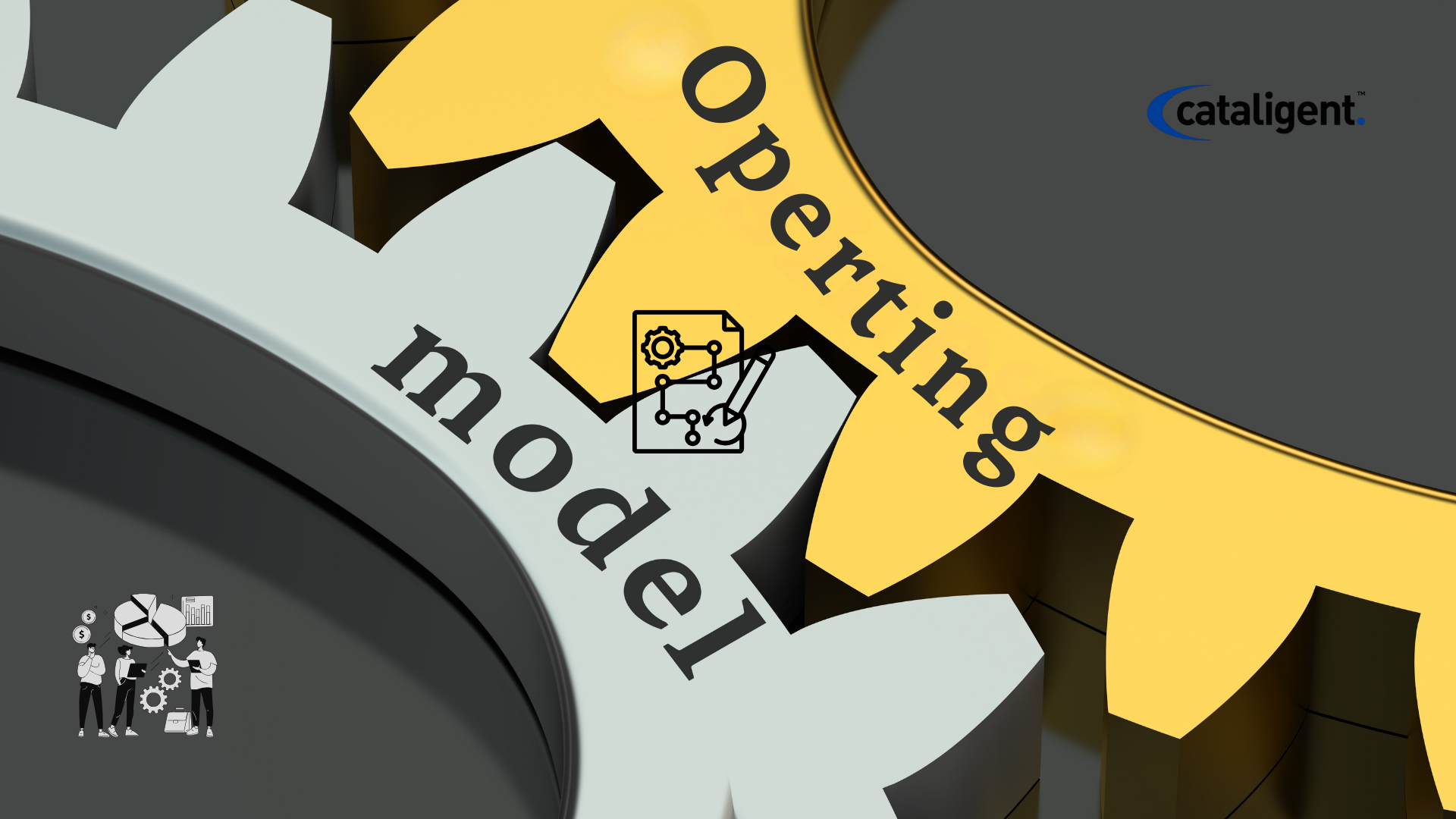Growth ambitions often clash with outdated structures, siloed processes, and rigid operating models. Businesses striving to expand or adapt to new market realities often find that inefficiency in their current models holds them back. This is where business consulting for operating model redesign becomes indispensable. By rethinking how people, processes, and technology interact, consulting unlocks pathways from stagnation to scalable growth.
What Is Operating Model Redesign in Consulting?
An operating model defines how an organization delivers value to its customers and stakeholders. It is the blueprint of how strategy translates into execution. Redesigning an operating model means re-architecting this blueprint to improve alignment, agility, and efficiency.
Consulting-led operating model redesign involves:
- Assessing Current State: Identifying inefficiencies, redundancies, and misalignments between strategy and operations.
- Defining Future State: Establishing the desired end-to-end model that supports scalability and growth.
- Reconfiguring Structures: Realigning processes, roles, governance, and technologies to achieve future goals.
- Embedding Agility: Ensuring the model adapts seamlessly to market shifts and emerging opportunities.
It is not just about cutting costs or automating workflows. It’s about creating a dynamic system where every part of the organization works in harmony toward shared objectives.
Why Operating Model Redesign Matters
Most businesses experience friction between their strategic intent and their execution reality. Common challenges include:
- Siloed Operations
Teams often work in isolation, creating bottlenecks and inefficiencies that slow down decision-making. - Scaling Limitations
As organizations grow, outdated structures cannot handle increased complexity, leading to inefficiency and lost opportunities. - Customer Expectations
Rigid models make it difficult to respond to rapidly evolving customer needs and digital experiences. - Cost Pressures
Duplicated processes, fragmented tools, and ineffective governance drive up operating costs without adding value. - Lack of Agility
Legacy systems and structures prevent businesses from adapting to market disruptions or regulatory changes.
Consulting-driven operating model redesign addresses these obstacles by building flexible, streamlined, and growth-ready frameworks.
How Consulting Enables Operating Model Transformation
Consulting provides a structured, expert-driven pathway to operating model redesign. Key stages include:
- Diagnosis and Discovery
Consultants begin by analyzing the organization’s current model, identifying inefficiencies, gaps, and areas of misalignment. - Strategic Alignment
Ensuring the redesigned model directly supports long-term business objectives and market positioning. - Process Reengineering
Streamlining workflows, reducing redundancies, and leveraging automation to drive efficiency. - Technology Integration
Incorporating modern platforms, AI, and digital tools to enable scalability and real-time visibility. - Governance and Role Clarity
Redefining decision rights, accountability frameworks, and performance metrics to improve agility and execution. - Change Management and Adoption
Supporting cultural transformation so employees embrace new ways of working and sustain the redesigned model.
This structured approach ensures that operating model redesign is not just a theoretical exercise but a tangible, value-driving transformation.
Practical Applications Across Industries
Operating model redesign is not limited to one sector. Consulting firms apply it across industries to solve context-specific challenges:
- Financial Services: Streamlining compliance processes while enabling digital customer experiences.
- Manufacturing: Integrating smart technologies for supply chain optimization and predictive maintenance.
- Retail & E-Commerce: Aligning logistics and digital operations to handle omnichannel growth.
- Healthcare: Redesigning patient care pathways and administrative processes to improve outcomes.
- Technology & SaaS: Scaling operations without sacrificing innovation or customer satisfaction.
Outcomes of Operating Model Redesign
Organizations that invest in consulting-led operating model redesign realize transformational benefits:
- Efficiency Gains: Reduced waste, duplication, and operating costs.
- Scalability: Ability to handle growth without compromising quality or agility.
- Customer-Centricity: Faster response times and more tailored services.
- Resilience: Stronger adaptability to external shocks such as regulatory changes or supply chain disruptions.
- Strategic Alignment: Clearer link between high-level strategy and day-to-day execution.
The Role of Technology in Scalable Operating Models
Modern operating models depend heavily on digital enablement. Consulting helps businesses:
- Deploy integrated platforms for unified data visibility.
- Use automation and AI to optimize repetitive processes.
- Build real-time dashboards for performance tracking.
- Enable cloud-driven scalability that reduces dependency on legacy systems.
Technology is the enabler, but consulting ensures it is implemented in a way that creates measurable business value.
Why Businesses Need Consulting Support
Redesigning an operating model internally often fails because organizations are too close to existing structures and biases. Consulting provides:
- External Perspective: Unbiased insights to identify inefficiencies leaders may overlook.
- Proven Frameworks: Structured methodologies for transformation.
- Change Expertise: Ensuring adoption across cultural and operational dimensions.
- Governance: Establishing accountability mechanisms for execution.
Without expert consulting, operating model initiatives risk stagnation, resistance, or misalignment with strategic goals.
How Cataligent Enables Operating Model Redesign
Cataligent specializes in guiding organizations through operating model transformations using its CAT4 platform and consulting expertise.
- Holistic Diagnosis: Cataligent assesses inefficiencies and misalignments across structures, processes, and systems.
- Integrated Dashboards: CAT4 provides real-time transparency into workflows, KPIs, and bottlenecks.
- Process Optimization: Leveraging AI and automation to streamline end-to-end operations.
- Scalable Frameworks: Designing operating models that support sustainable growth.
- Governance Structures: Embedding accountability to ensure that strategy execution remains on track.
Cataligent does more than recommend changes—it enables organizations to operationalize transformation and achieve measurable outcomes.
The Future of Operating Models in Business Consulting
As businesses face increasing volatility and competition, operating model redesign will remain central to consulting. Organizations that re-architect now will gain agility, scalability, and resilience, while those that delay risk stagnation.
Future-ready operating models will integrate human creativity, digital intelligence, and adaptive governance into one cohesive system. Consulting is the bridge that makes this possible.
Call to Action
If inefficiencies and outdated structures are holding your business back, it’s time to act. Cataligent can help you reimagine your operating model, eliminate friction, and build a scalable framework for sustainable growth.
Partner with Cataligent to transform inefficiency into opportunity and unlock the next phase of your business growth.

